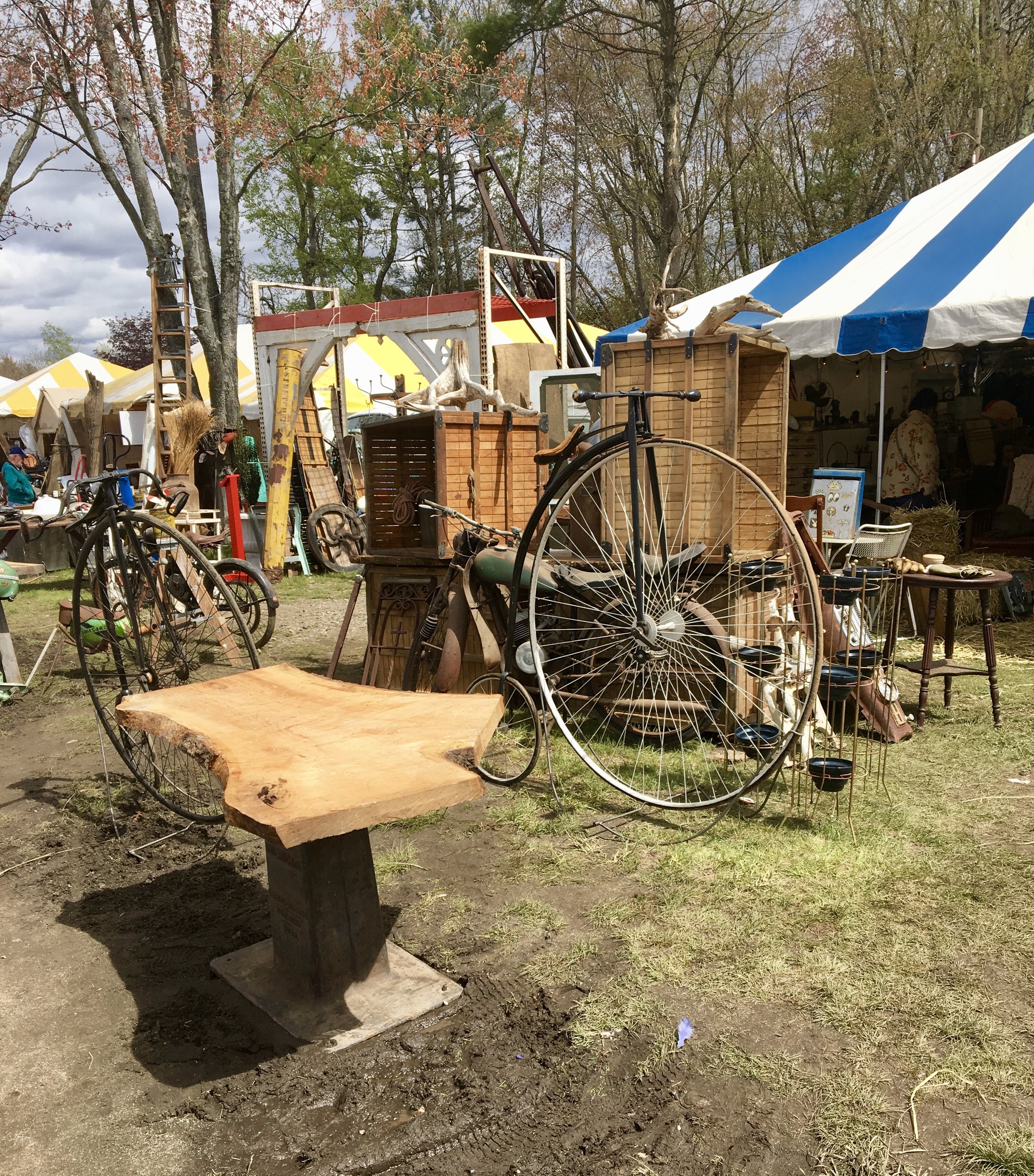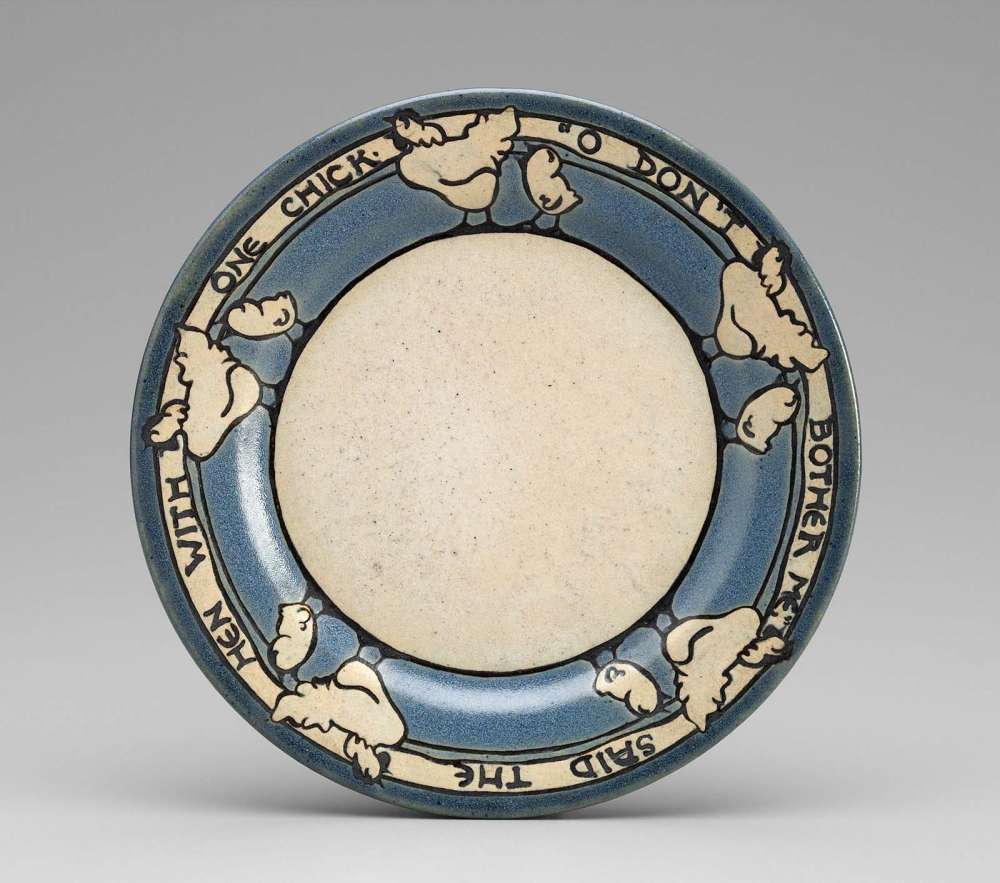Peter Murdoch studied furniture design at Kingston School of Art before continuing his studies at the Royal College of Art. Already winning prizes as a student, for his diploma show he designed a prototype paper chair inspired by a cardboard shirt collar stiffener. He created a chair made from a single sheet of paperboard with flaps that slotted into each other. Unable to produce the chair in the UK due to material shortages, production moved to America. The chair, made in specially formulated paperboard and sealed with clear polyurethane was available in two sizes and retailed through department stores such as Bloomingdales and Neiman Marcus. Murdoch designed another chair called Chair Thing for the UK market. This chair came in three parts, was hexagonal and the furniture range included a stool and table. Expanding on the popularity of his design in 1967 he created the Those Things range of children’s furniture of fiberboard chairs and tables and the furniture won a design award in 1968. Murdoch also worked with the U.K. firm Hille producing Hexagon, a range of upholstered modular, hexagonal seating and tables. In 1969, Peter Murdoch formed his own design studio, producing designs for companies such as McDonalds, Heathrow Airport and Pizza hut among others, until his retirement in 2000.
Spotty Chair (Child's Chair) ca. 1965. Wright Auctions.
Hexagon chair, ca. 1970. Part of a furniture range that included tables. The furniture range was popular for hotels and libraries because of the ease with which it could be rearranged in clusters. Private Dealer, UK.
Those Things. Fiberboard. Design Council Slide Collection (UK)
Those Things. Fiberboard. Design Council Slide Collection (UK)
Chair Thing, Chair (designed 1964) (manufactured 1969) National Gallery of Victoria Melbourne


















































































